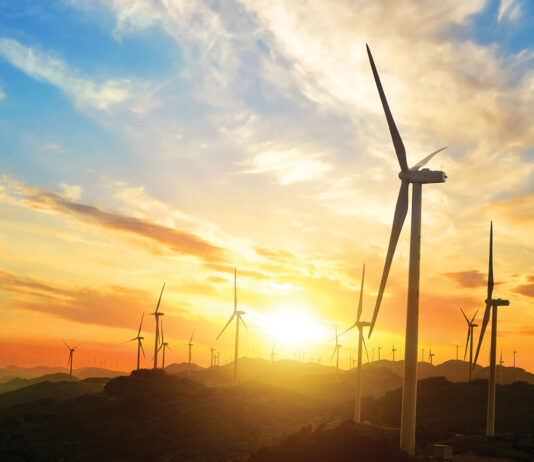
What You Should Know About Oil and Gas Today
The State of Play
An interesting survey by the University of Houston Hobby School was published yesterday. It finds that 76% of Texas oil producers believe that a Joe Biden presidency is the single greatest threat to their business. Not COVID-19, not the Russians and Saudi Arabia potentially flooding the market will oil again: The biggest threat is Joe Biden.
There is of course very good reason for this fear. At various times during his campaign, the former Vice President has promised to ban hydraulic fracturing, ban the use of natural gas in power generation, ban the internal combustion engine and assigned the creator of the society-destroying “Green New Deal,” Alexandria Ocasio-Cortez, to be one of his key energy and environment advisors.
Other than all of that, I suppose you could say he’d be just great for the industry.
In other news…
A Colorado anti-development group has dropped its effort to put yet another fracking ban initiative on the statewide ballot in November. Reuters reports that the group, Colorado Rising, had been trying to collect signatures for several initiatives, but was finding the going to be tough amid the restrictions imposed by the COVID-19 pandemic. So see? There’s a bright side to this virus, too.
After tanking by 8% on Thursday due mainly to the latest false media reporting about a non-existent “2nd wave” of the coronavirus, crude prices are firming up this morning. As of this writing, a barrel of WTI is trading for $36.56, up 22 cents from Thursday’s close. The Enverus Daily Rig Count is sitting at another all-time low of just 301 active drilling rigs in the U.S., down another 11 over the past week.
Sergio Chapa has a good report in today’s Houston Chronicle covering a new move by Moody’s to downgrade the midstream sector of the oil and gas industry. “Although midstream cash flow is largely insulated from the full brunt of commodity price and volumetric instability, the rapid pace and the magnitude of production declines have finally spilled into the midstream sector, compromising its aggregate credit quality,” Moody’s said. As I pointed out here a few weeks ago, all the bad news in the oil and gas business inevitably flows downstream.
J.P. Morgan says that Saudi Arabia’s share of global oil markets is set to rise to its highest level since the 1980s. Thus, we see the Kingdom’s strategic decision to flood the market with crude in a price war with Russia during March and April having its intended result, as the market share for the struggling U.S. shale industry pulls back. None of this was accidental.
Platts reports strong compliance by the OPEC+ countries with their newly agreed-to production levels during May. As reported by CNBC, “the ten non-OPEC members, which include Russia, pumped a combined 13.89 million barrels per day comprising 91% of their cuts, bringing OPEC+’s collective compliance to 85%, Platts reported.” That’s about as close to 100% as you will ever see these countries achieve.
Bloomberg reports this morning about the seeming inevitable bankruptcy filing coming from Chesapeake Energy. Although, it is fair to point out that we have seen such reports many times in the past and CHK’s management has always figured out a way to avoid biting the final bullet. Still, it’s a good read for anyone who is interested.
That’s all for today.
















